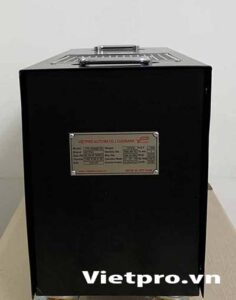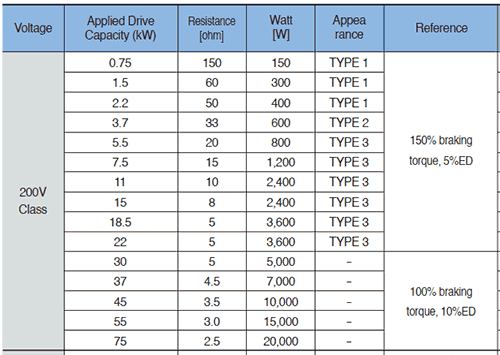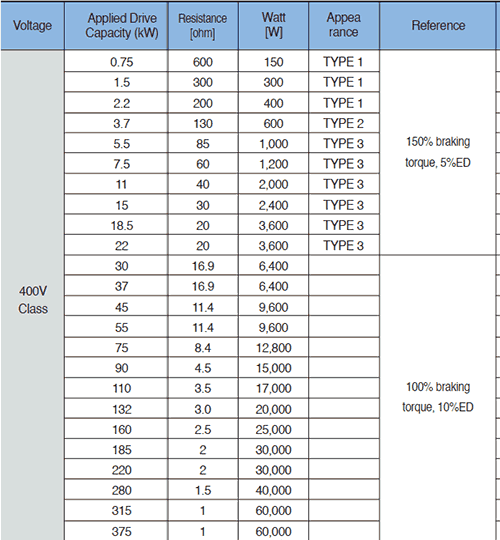Loadbank (brake resistor) for inverters for elevators, lifting cranes
The inverter loadbank or discharge resistor for the inverter is installed in the inverters to avoid over-voltage when the inverter is used to supply power to equipment using high-speed lifting motors. speed, has a rotating torque that continuously changes direction and requires a fast decrease in speed in a very short time such as need to upgrade, lift, turn center machine, CNC machine motor…
According to arbitrary inverter frequency as well as motor speed, fast or slow stopping time, large or small inertia due to weight, etc., using the right resistor is suitable for power consumption with berth manufacturer’s design given.

On the DBUs (Dynamic Break Unit) of the inverter, it is often left to reserve the connector so that a more suitable brake resistor (Dynamic Braking Resistor) can be installed.
So how to calculate the correct installation of braking resistors for inverters? The most accurate way is that we should refer to the inverter manufacturer’s instruction sheet on how to choose the right brake resistor with rated capacity in accordance with actual requirements such as single phase 220VAC or 3 phase power. 380VAC and what is the percentage of braking torque compared to the rated power of the inverter is 100%, or 150%..



The use of dummy single-phase or 3-phase loads for the inverter should also depend on the required power level of the braking resistor, which can choose a dummy load with a mechanical structure and appropriate power requirements. The braking resistors for inverters manufactured by Vietpro company always meet high safety and accuracy standards in accordance with industry standards.
